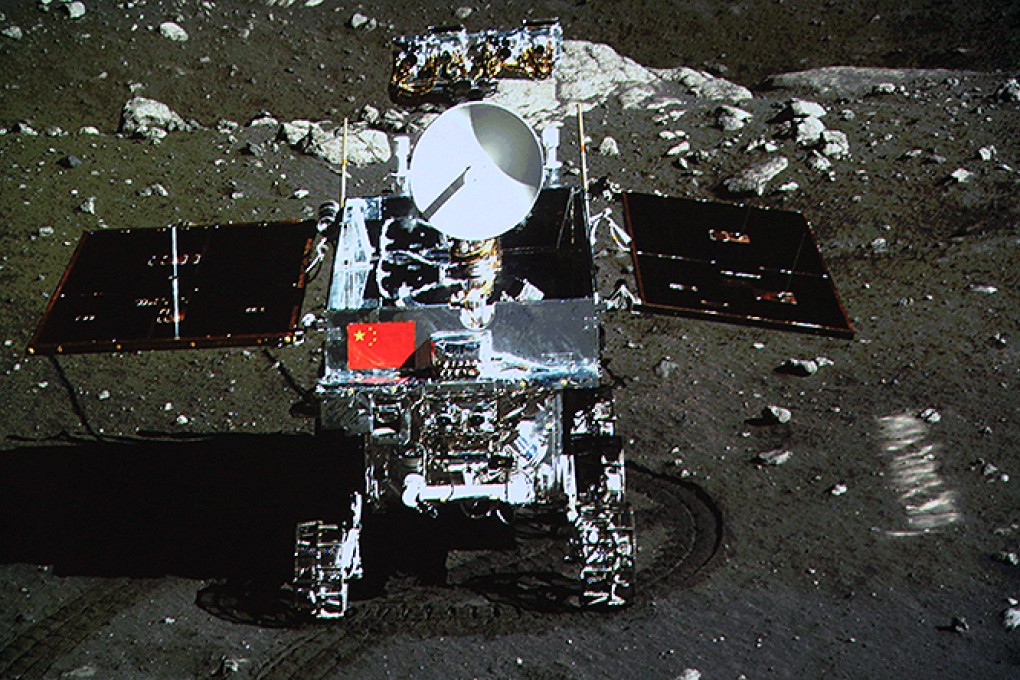New | China to launch lunar rock-collecting probe by 2017
Date for planned Chang'e-5 mission brought forward a year but technological hurdles remain

China plans to launch another mission to the moon to bring rock samples back to earth by 2017, a year earlier than experts had predicted.
Wu Zhijun, a spokesman for the State Administration of Science, Technology and Industry for National Defence, told a press conference in Beijing on Monday that the Chang’e-5 mission would be launched in four years’ time.
“After the success of Chang’e-3, the lunar exploration project enters the third phrase, the main objective of which is to bring samples back,” he said.
The landing module of the nation’s latest lunar mission touched down on the surface of the moon on Saturday. The six-wheeled rover, Yutu or “Jade Rabbit”, successfully left the landing module and rolled on to the surface of the moon the next day and started beaming photographs back to earth. China has become the third nation after the United States and Russia to land a probe successfully on the moon.
Video: China's lunar rover makes tracks on the moon
Wu said several technical challenges had to be overcome in the Chang’e-5 mission, including how to blast a vehicle away from the lunar surface, docking with a command module in orbit around the moon and also returning the spacecraft to earth. “None of these has been done by our country before,” Wu said.